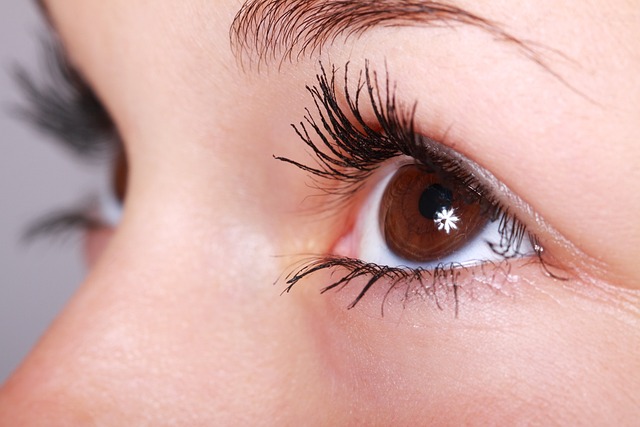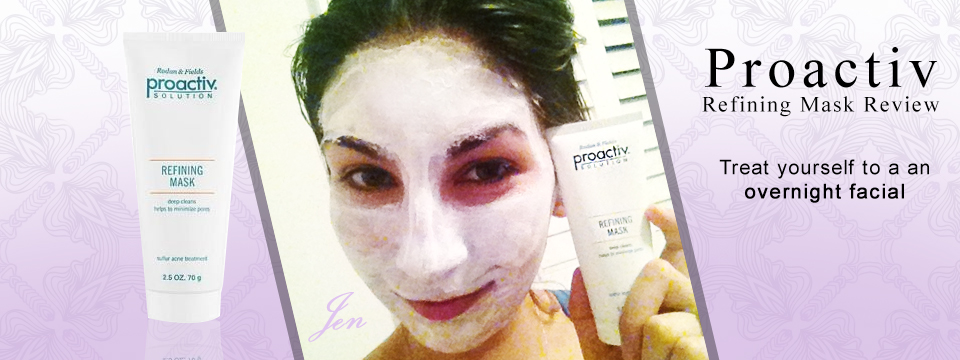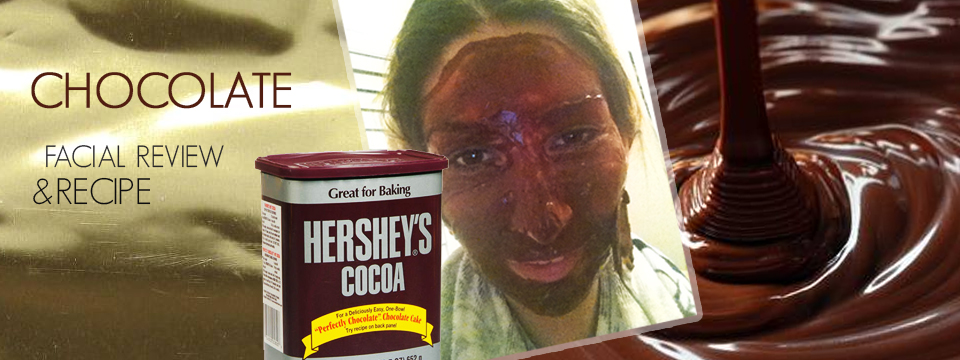Introduction: Witch Hazel and its Magic
Witch hazel, a name you’ve likely come across in beauty blogs or skin care products, often sparks curiosity. You might be wondering, what’s the fuss about this plant extract? More importantly, is it safe and beneficial to apply it under the eyes? Hang tight, because we’re about to unravel this mystery!
What exactly is Witch Hazel?
Witch hazel is derived from the leaves, bark, and twigs of the Hamamelis virginiana plant. Rich in tannins, this plant extract has been hailed for its astringent properties, which can help in tightening the skin and reducing inflammation.
A Peek into the History of Witch Hazel
Its use isn’t just a modern-day marvel. Native Americans introduced early settlers to witch hazel, employing it for medicinal purposes. From treating sores to reducing inflammation, this natural remedy has long-standing roots in traditional medicine.
The Science Behind Witch Hazel
On the molecular level, witch hazel owes its astringent properties to tannins. When applied to the skin, these tannins help reduce swelling, repair broken skin, and fight bacteria. No wonder it’s a darling in the beauty world!
The Cosmetological Perspective: Witch Hazel and Skin
In the vast realm of skincare, witch hazel stands out due to its versatility. Not only is it used as a toner, but it also finds its way into creams, gels, and serums. Its ability to soothe, heal, and reduce puffiness makes it an attractive option, especially for under-eye application.
Benefits of Witch Hazel for the Skin
- Acts as a natural astringent
- Reduces inflammation and redness
- Minimizes the appearance of pores
- Helps combat acne
- Soothes sunburn and reduces skin damage
- Moisturizes and nourishes the skin
Do you put witch hazel on your under eyes?
It’s the burning question! The delicate skin under the eyes can benefit from witch hazel’s soothing properties, potentially reducing puffiness and dark circles. However, like all skincare products, one should proceed with caution and consider individual skin sensitivities.
Potential Benefits for Under-eye Application
- Reduction of Puffiness: Thanks to its anti-inflammatory properties.
- Lightening of Dark Circles: Over time, consistent application can potentially decrease the appearance of under-eye circles.
- Soothing Effect: Perfect for those days when your eyes feel tired and irritated.
Risks Associated with Under-eye Use
Using witch hazel under the eyes isn’t without its risks. Some individuals might experience irritation, redness, or even allergic reactions. Always conduct a patch test before full application.
Alternatives to Witch Hazel for the Under Eyes
If witch hazel doesn’t sit well with your skin, don’t fret! There are plenty of natural alternatives:
- Aloe Vera
- Green Tea
- Rose Water
- Cucumber Slices
How to Properly Apply Witch Hazel Under the Eyes
Starting with a clean face, dab a small amount of witch hazel on a cotton pad. Gently apply it under the eyes, ensuring not to tug at the skin. Let it sit and absorb naturally.
Tips for Best Results
- Always use alcohol-free witch hazel for facial application.
- Store your witch hazel in the refrigerator for an extra cooling effect.
- Combine with other natural ingredients like rose water for added benefits.
Personal Experiences: Stories from the Real World
“I’ve been using witch hazel under my eyes for about a year now. The puffiness has certainly reduced, and I wake up feeling fresh!” – Jessica, 29
Testimonials and Reviews
“An absolute must-have in my skincare routine. Not only does it soothe my skin, but it also helps reduce the occasional breakout.” – Michael, 35
Expert Opinions on Witch Hazel and the Under Eyes
Dr. Anna Smith, a renowned dermatologist, states, “While witch hazel can be beneficial for many, it’s essential to understand your skin type and needs. A patch test is always recommended.”
Common Misconceptions about Witch Hazel
- It’s only for oily skin: While it does help control oil, even those with dry or combination skin can reap its benefits.
- Witch hazel can replace sunscreen: No! While it has soothing properties, it doesn’t offer protection from UV rays.
Sustainability and Sourcing of Witch Hazel
Always opt for sustainably sourced witch hazel. Ensure that the brand you choose respects biodiversity and follows ethical harvesting practices.
DIY Witch Hazel Recipes for Skin Care
Mix witch hazel, rose water, and a few drops of lavender oil for a refreshing and soothing facial mist.
Market Products: Best Witch Hazel Brands for the Under Eyes
- Thayers
- Dickinson’s
- Mario Badescu
Remember to always check for added ingredients and ensure compatibility with your skin type.
Incorporating Witch Hazel into Your Daily Routine
Post-cleansing, use witch hazel as a toner, followed by your regular moisturizer and sunscreen. Over time, you’ll likely notice a more radiant and refreshed complexion.
FAQs
Is witch hazel safe for daily use? Absolutely! However, ensure that it’s alcohol-free to avoid skin dryness.
Can I apply witch hazel before makeup? Yes, witch hazel acts as an excellent base before makeup, ensuring your skin is clean and refreshed.
How long does it take to see results from using witch hazel? Individual experiences may vary. Some notice immediate results, while others may need a few weeks. Consistency is key.
Does witch hazel expire? Like all natural products, witch hazel has a shelf life. Typically, it lasts for about 2-3 years if stored correctly.
Is it okay to mix witch hazel with other skincare products? Yes, but always ensure that the combined ingredients don’t irritate your skin.
Are there any side effects of witch hazel? While generally safe, some might experience dryness, itching, or redness. Always patch-test before full application.
Conclusion: To Witch Hazel or Not?
So, should you put witch hazel on your under eyes? Based on its plethora of benefits, it’s worth giving a shot. But always remember – every skin type is unique. Listen to your skin, understand its needs, and you’re on the path to a more radiant you!



